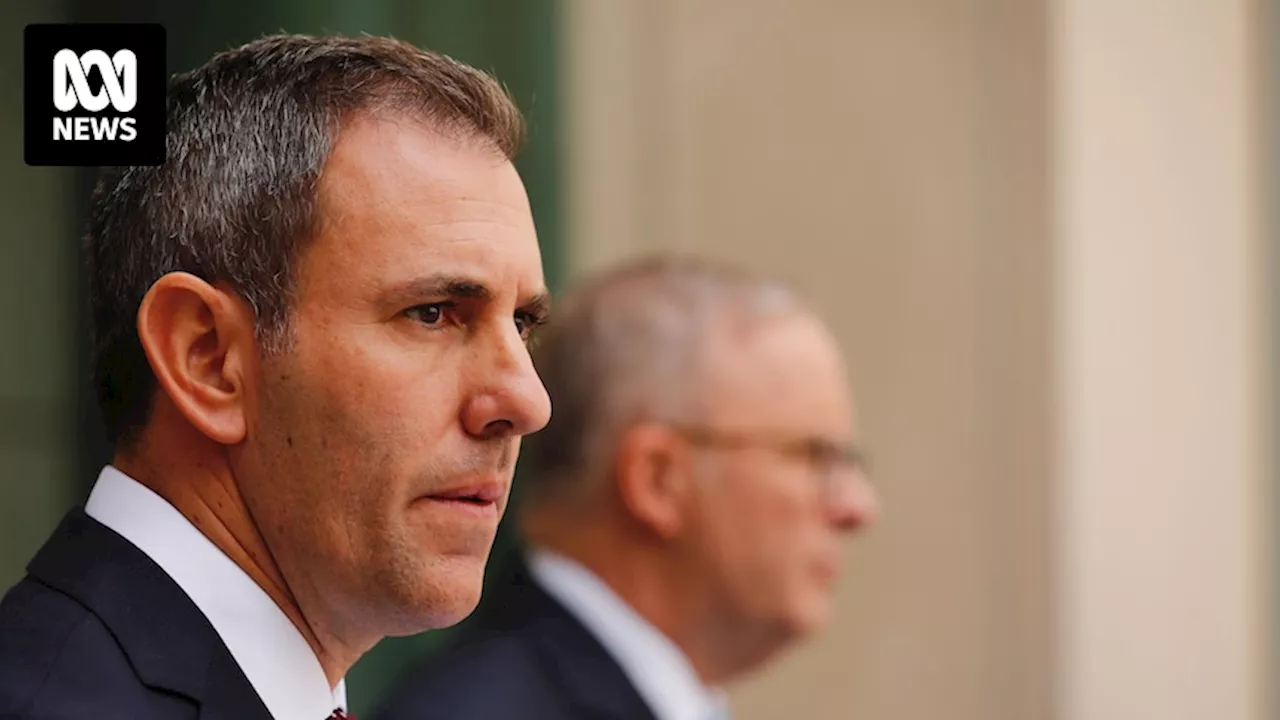Australia's progress against inflation will be closely scrutinized by the Reserve Bank ahead of its February meeting. The December quarter inflation figures, released Wednesday, could influence a potential interest rate cut. Treasurer Jim Chalmers expressed optimism about the decline in inflation, while economists predict a fall within the 3.2-3.3% range. However, the Reserve Bank will also consider the strength of the jobs market and household spending. While employment continues to grow unexpectedly, the Reserve Bank remains cautious about cutting rates until unemployment reaches a level of 4.5%. The impact of rising interest rates on the private sector and the public sector's contribution to employment growth will be key factors in the decision-making process.
Jim Chalmers has expressed optimism about the progress being made against inflation this week, ahead of the December quarterly figures that are expected to significantly influence the Reserve Bank 's February interest rate meeting. The new inflation figures released on Wednesday could be pivotal for the Reserve Bank as it deliberates on a potential February interest rate cut.
The outcome for the December quarter represents the last substantial economic update before the rate meeting on February 18, one of only two major updates before the May deadline for a federal election. The Albanese government is anticipating rate relief before heading to the polls, and Treasurer Jim Chalmers has sounded optimistic this week. 'Australia has made substantial and sustained progress in the fight against inflation, and we expect to see that reflected in the inflation numbers,' he stated on Tuesday. Despite economists believing there is a good chance inflation will decline on Wednesday, it is just one of three key indicators the Reserve Bank is closely monitoring. The other two — the jobs market and household spending — might become clearer before the subsequent meeting in early April. Until then, will inflation be the deciding factor? The Reserve Bank's preferred 'underlying' measure of inflation stood at 3.5 per cent in the September quarter, and it forecasts a slight decrease to 3.4 per cent in December. However, this forecast is a few months old, and most private sector forecasters, armed with more recent information, anticipate a figure closer to 3.2-3.3 per cent. This would strengthen the prospect of a February rate cut. The primary reason for the optimism lies in the easing of housing costs, a major driver of inflation. Taylor Nugent, a senior economist at NAB, stated that the cost of constructing new homes likely fell in the December quarter, a 'hugely important' development that shaved 0.15 percentage points off NAB's inflation forecast. He pointed to two contributing factors — lower input costs and the 'fading' of the construction bottleneck that started fueling rising prices during the pandemic. 'Housing had been a potential driver of persistence in too high inflation, but now looks supportive of further disinflation,' he said. Mr. Chalmers claimed credit for the shift on Tuesday, saying the government's tax incentives for developers and subsidies for apprentices had made it 'cheaper and easier to build houses in this country'. 'If construction costs were still rising at the rate we inherited from the Liberals, inflation would be well outside the RBA's target band,' he said. Mr. Nugent indicated that rents are also cooling, and overall, 'underlying inflation progress looks to be substantively outpacing the RBA's cautious November forecasts and gives the RBA the justification needed if they are inclined to cut'. However, there are countervailing factors. The sustained and surprising strength of employment figures is one. Employment expanded again in December, adding another 56,000 jobs, defying expectations that higher rates would result in at least modest job losses. Mr. Chalmers has celebrated this outcome, stating on Monday that it was evidence that it was possible to 'make really substantial and sustained progress on inflation at the same time as we get wages up and keep unemployment remarkably low'. Yet, this perspective contrasts with the Reserve Bank's long-held view that the unemployment rate would need to be closer to 4.5 per cent to sustainably tame inflation — a low figure by historical standards, but higher than the current 4 per cent. The world's most awkward acronym, NAIRU (Non-Accelerating Inflation Rate of Unemployment), can predict future interest rate movements, and the signs are not encouraging for borrowers. This doesn't necessarily mean the Reserve Bank will wait for that unemployment level before cutting rates, but the continued strength might make them hesitant. Mr. Nugent supports this cautious approach, stating that NAB believes there is 'value in waiting to get a better handle on labour market trends' before making a move and that there is not 'urgency' for cuts. But Jeff Borland, a labour market economist at the University of Melbourne, argued in December that the robust jobs market shouldn't be a reason to delay rate cuts, partly because most of the strength stems from the public sector. While 'non-market' employment — encompassing education, health and social care, and public administration — has been growing strongly, Professor Borland indicated signs of weakening in the private sector, suggesting that rates are having their intended cooling effect. 'Absent strong growth in non-market employment, the labour market would have gone backward,' he said. 'Had grown at the same rate as market sector employment from June 2021 onwards, total employment would have been 692,000 lower in September.'Professor Jeff Borland concluded that the strength in the labour market is primarily driven by the public sector and should not deter rate cuts. He explained that one reason for the surprising strength is that more men are finding work in the traditionally female-dominated health and social care sector, where male employment has surged by 50,000 since last February.
Finance Australian News Inflation Interest Rates Reserve Bank Jim Chalmers Employment Australian Economy Federal Election
Australia Latest News, Australia Headlines
Similar News:You can also read news stories similar to this one that we have collected from other news sources.
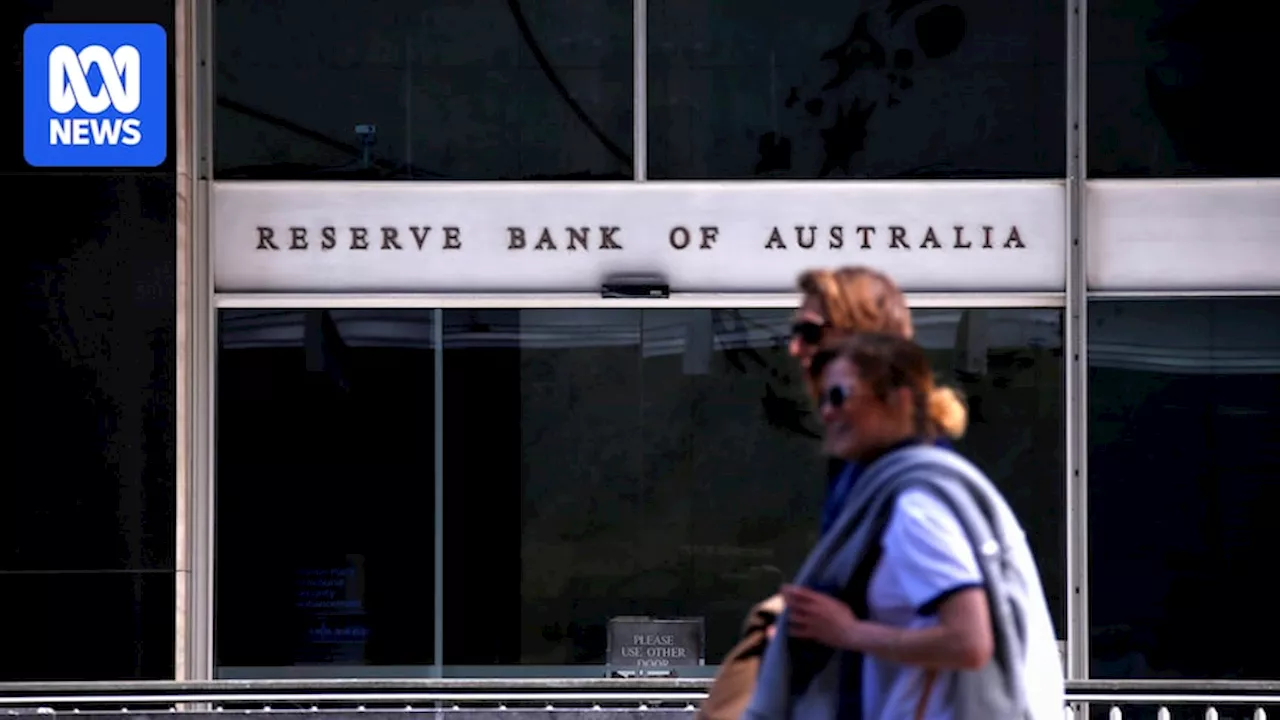 Reserve Bank Intervention: Will Aussie Dollar Rally?The Australian dollar has experienced a significant decline in recent weeks, prompting speculation about a potential intervention by the Reserve Bank of Australia (RBA). This news explores the factors contributing to the currency's weakness and the implications of RBA intervention for Australian households and businesses.
Reserve Bank Intervention: Will Aussie Dollar Rally?The Australian dollar has experienced a significant decline in recent weeks, prompting speculation about a potential intervention by the Reserve Bank of Australia (RBA). This news explores the factors contributing to the currency's weakness and the implications of RBA intervention for Australian households and businesses.
Read more »
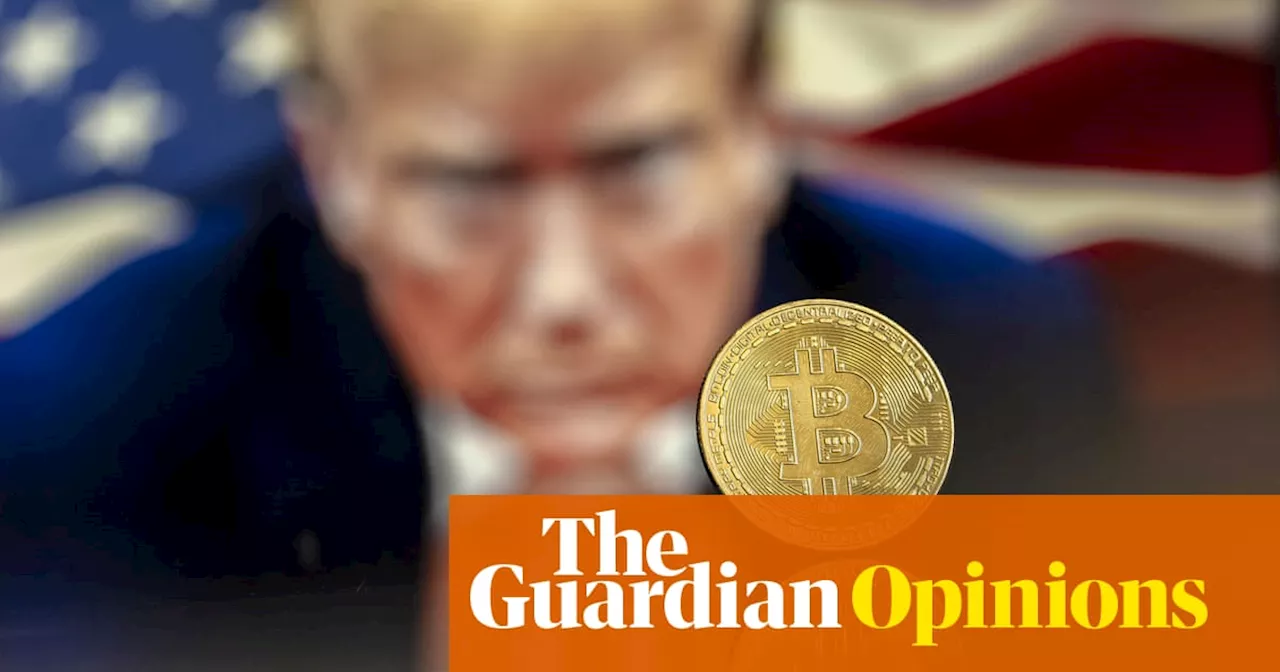 Crypto Integration and Financial Risk: Chalmers' ConcernsJim Chalmers, a key advisor during the global financial crisis, warns of potential risks to Australia's financial system as cryptocurrencies become more integrated with traditional finance. He cites Donald Trump's presidency as a catalyst for this integration, potentially leading to volatility and instability.
Crypto Integration and Financial Risk: Chalmers' ConcernsJim Chalmers, a key advisor during the global financial crisis, warns of potential risks to Australia's financial system as cryptocurrencies become more integrated with traditional finance. He cites Donald Trump's presidency as a catalyst for this integration, potentially leading to volatility and instability.
Read more »
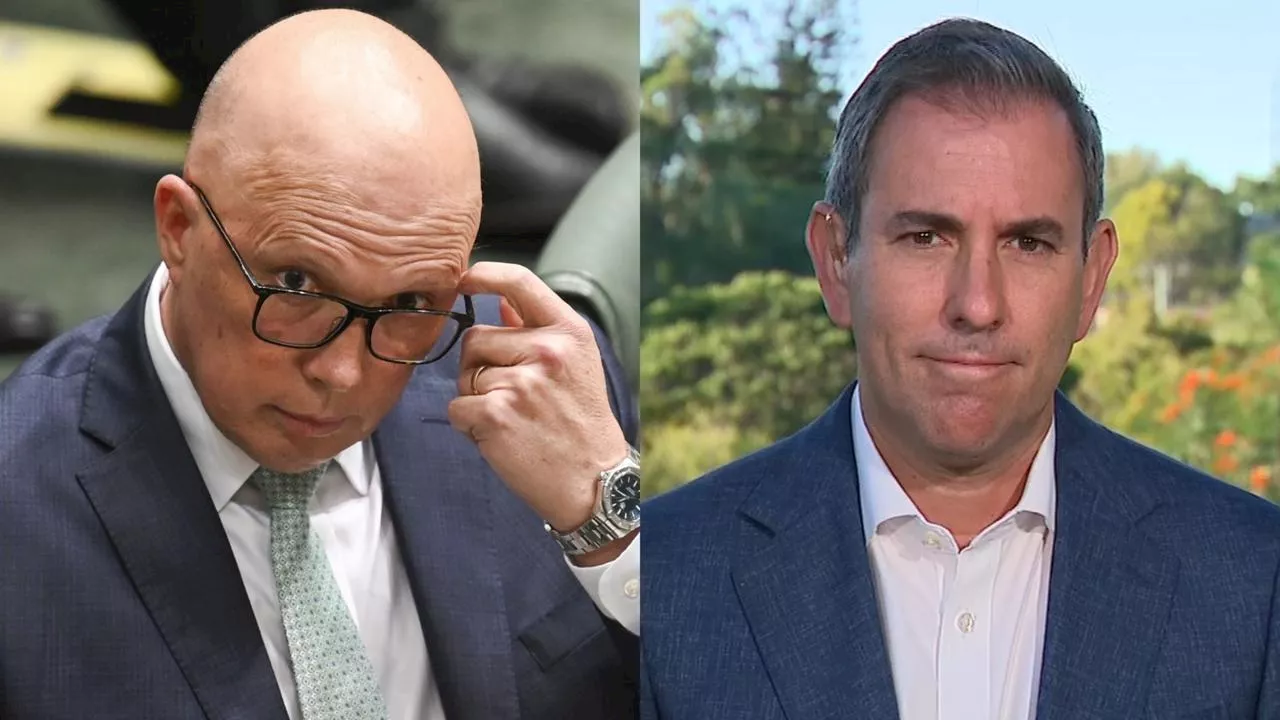 ‘Insanity’: Jim Chalmers claims Coalition’s nuclear plan will ‘push prices up’Treasurer Jim Chalmers has claimed the Coalition’s plan for Australia to adopt nuclear energy will “push prices up” and “make it harder for people”. The Australian jobs market continues to defy expectations of a looming economic slowdown, decreasing the chance of a February interest rate cut.
‘Insanity’: Jim Chalmers claims Coalition’s nuclear plan will ‘push prices up’Treasurer Jim Chalmers has claimed the Coalition’s plan for Australia to adopt nuclear energy will “push prices up” and “make it harder for people”. The Australian jobs market continues to defy expectations of a looming economic slowdown, decreasing the chance of a February interest rate cut.
Read more »
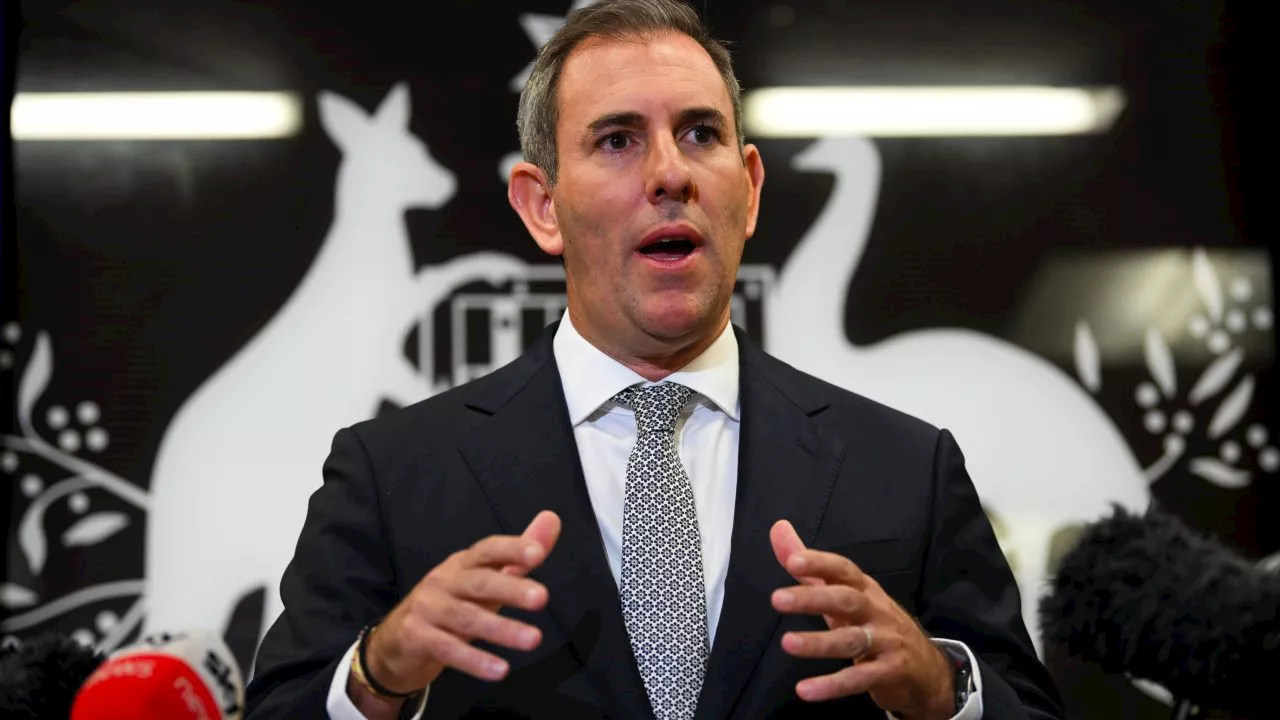 ‘Incredibly tight’: Chalmers acknowledges Labor’s tough election battleTreasurer Jim Chalmers has acknowledged this year's federal election will be an 'incredibly tight' contest amid a new poll showing Labor still trailing the Coalition.
‘Incredibly tight’: Chalmers acknowledges Labor’s tough election battleTreasurer Jim Chalmers has acknowledged this year's federal election will be an 'incredibly tight' contest amid a new poll showing Labor still trailing the Coalition.
Read more »
 Treasurer Jim Chalmers’ ‘super tax’ unlikely to passTreasurer Jim Chalmers’ plans to double the tax rate on superannuation face failure as the crossbench and opposition snub the policy.
Treasurer Jim Chalmers’ ‘super tax’ unlikely to passTreasurer Jim Chalmers’ plans to double the tax rate on superannuation face failure as the crossbench and opposition snub the policy.
Read more »
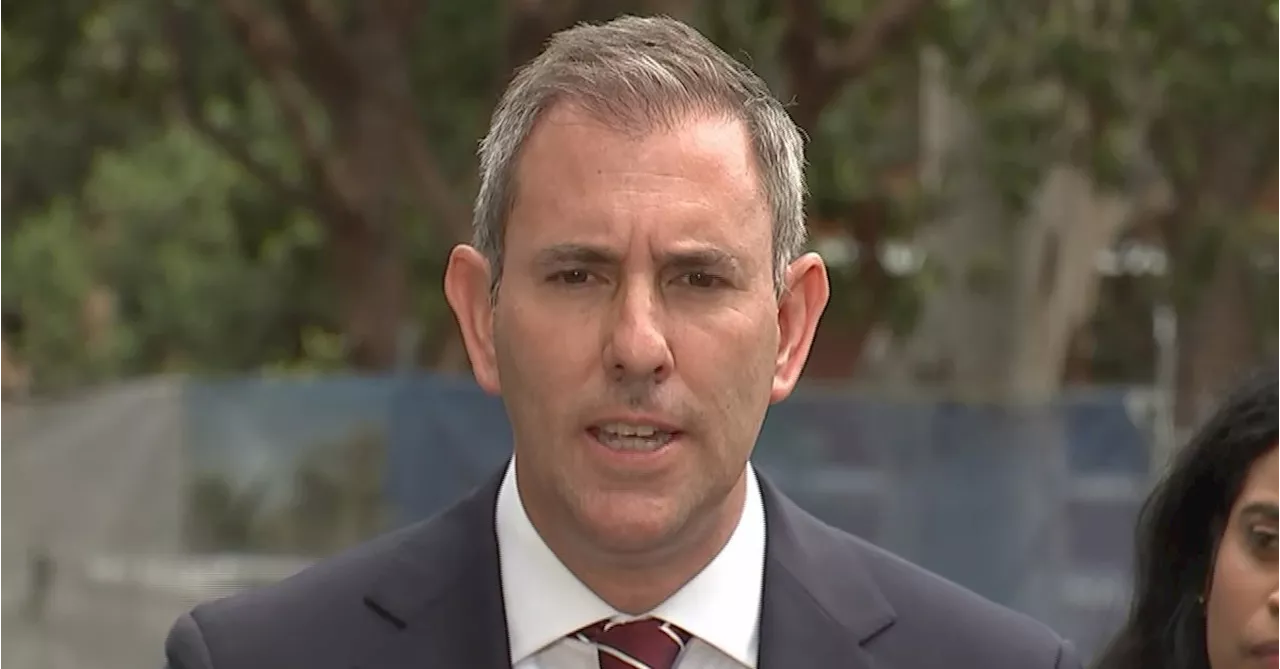 No new taxes in this year's federal budget, Treasurer Jim Chalmers saysTreasurer Jim Chalmers said the Labor Party won&x27;t bring any new taxes into this year&x27;s federal budget, reiterating the focus will again be on cost of living relief.
No new taxes in this year's federal budget, Treasurer Jim Chalmers saysTreasurer Jim Chalmers said the Labor Party won&x27;t bring any new taxes into this year&x27;s federal budget, reiterating the focus will again be on cost of living relief.
Read more »
